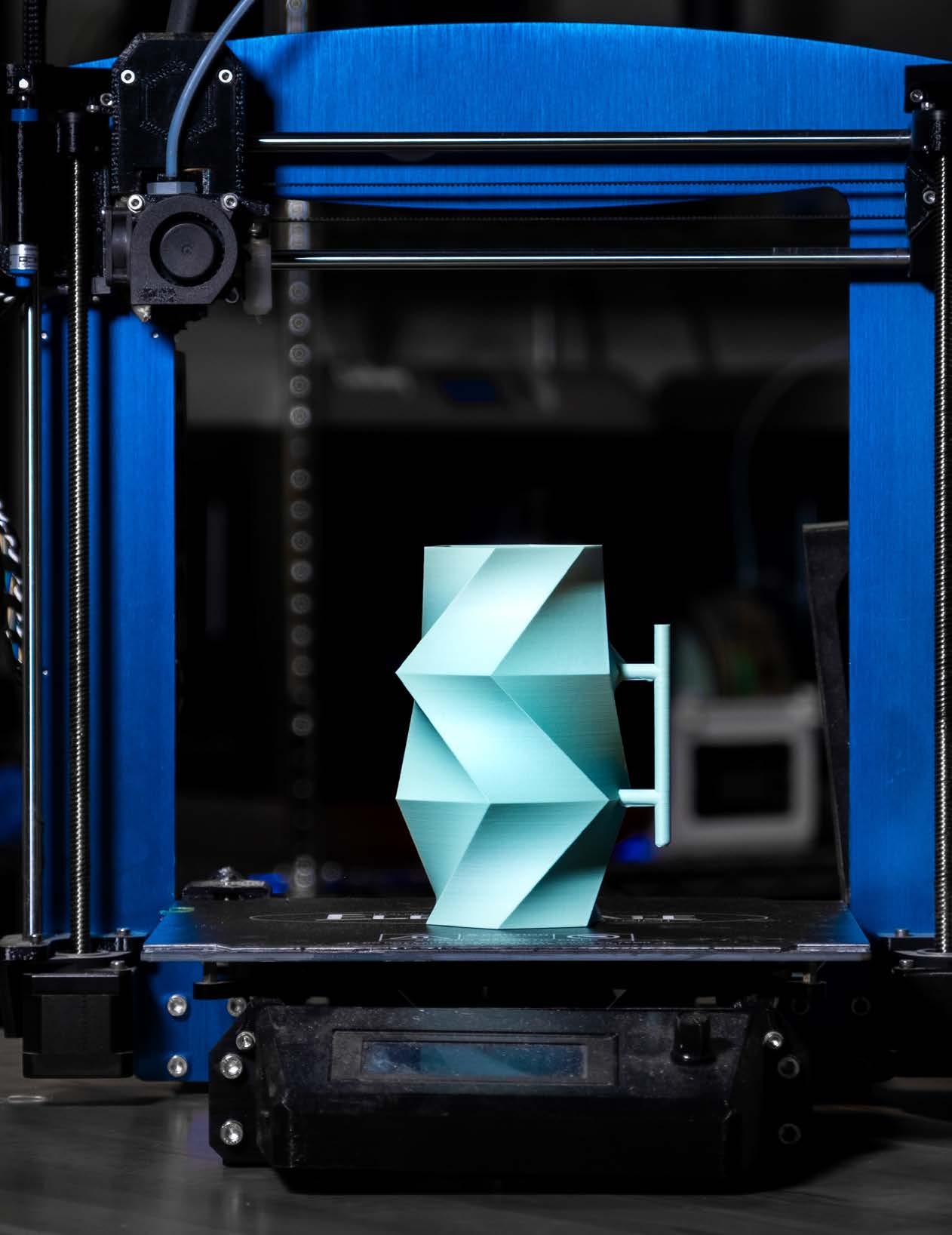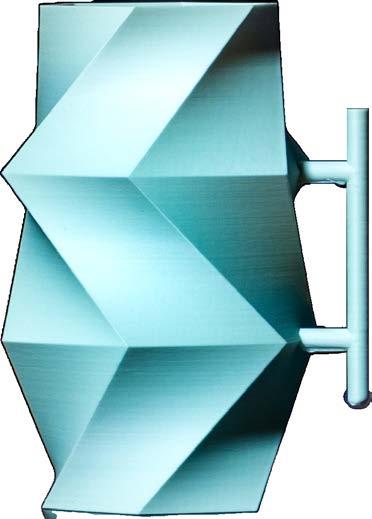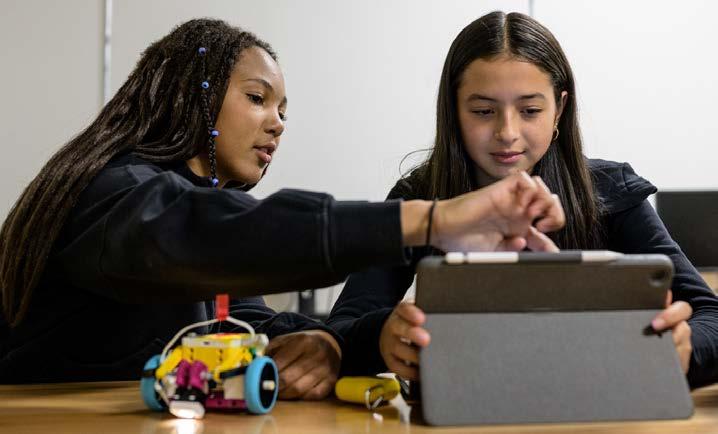
2 minute read
ENGINEERING OPPORTUNITIES

A stronger computer science department to accelerate student growth
Advertisement
FROM SELF-DRIVING
CARS to artificial intelligence in academic writing, computer technology is in the news. Once considered solely a scientific pursuit, it is now as likely to be wielded by an artist as by an engineer. Such a shift in application demands a consequent reaction in education. And Waynflete is responding.
This year, the school launched a new department of computer science and engineering, augmenting existing Upper School courses in computer science, introducing a new series of Middle School courses, and hiring Jon Amory ’97 to teach engineering and lead the school’s robotics program in the Middle and Upper Schools. The initiative is already yielding results, say faculty and administrators, and enthusiasm is high for what lies ahead.
Building on existing strengths
Page Lennig, chair of the newly formed department, has taught computer science at Waynflete since 2015 and is delighted that the discipline is now part of a dedicated department. “We’ve been offering computer science courses here for nearly a decade, but they haven’t been highly visible,” she explains. “The formation of this new department, however, has given us a huge jump start. Bringing Jon Amory and Emma Bartnick on as computer science and engineering faculty, along with offering new engineering courses in the Upper School and new robotics, programming, and engineering courses in the Middle School, has been energizing.”
Head of School Geoff Wagg praises Lennig’s guidance thus far and expresses enthusiasm for expanding the department’s offerings. “It’s a curricular area that offers many different paths and opportunities for students,” he observes. “We are excited to invest in its growth.”
Lennig notes that throughout her tenure, she has consistently worked to introduce Lower School students to technology, leading kindergartners in taking photos and creating collages on the iPad, teaching second and third graders basic programming through simple languages like SCRATCH and Hopscotch, and guiding fourth and fifth graders in activities such as coding games and Minecraft. There was also an after-school enrichment robotics class for students as young as fifth grade. Now, however, her efforts will be both amplified and extended.
“With Emma and Jon’s arrival, we’re able to continue building students’ knowledge through Middle School,” she explains. “And even though we’re still in our first year, we’re already seeing results. Middle School students are emerging from their first semester of the new Robotics 1 course, excited about their experiences and eager to continue coursework in ninth grade.”
Lennig is especially heartened to see a favorable response from female students. “Thanks to these new departmental offerings, girls are encountering technology at a younger age and considering activities—even careers—in engineering and computer science, which is great,” she asserts. Junior Mira Levine is among those delighted by this new opportunity to explore STEM subjects in greater depth. “I would love to study physics and aerospace engineering when I am in college,” she says. “Very few of my female peers are interested in STEM careers—I have heard from them that











